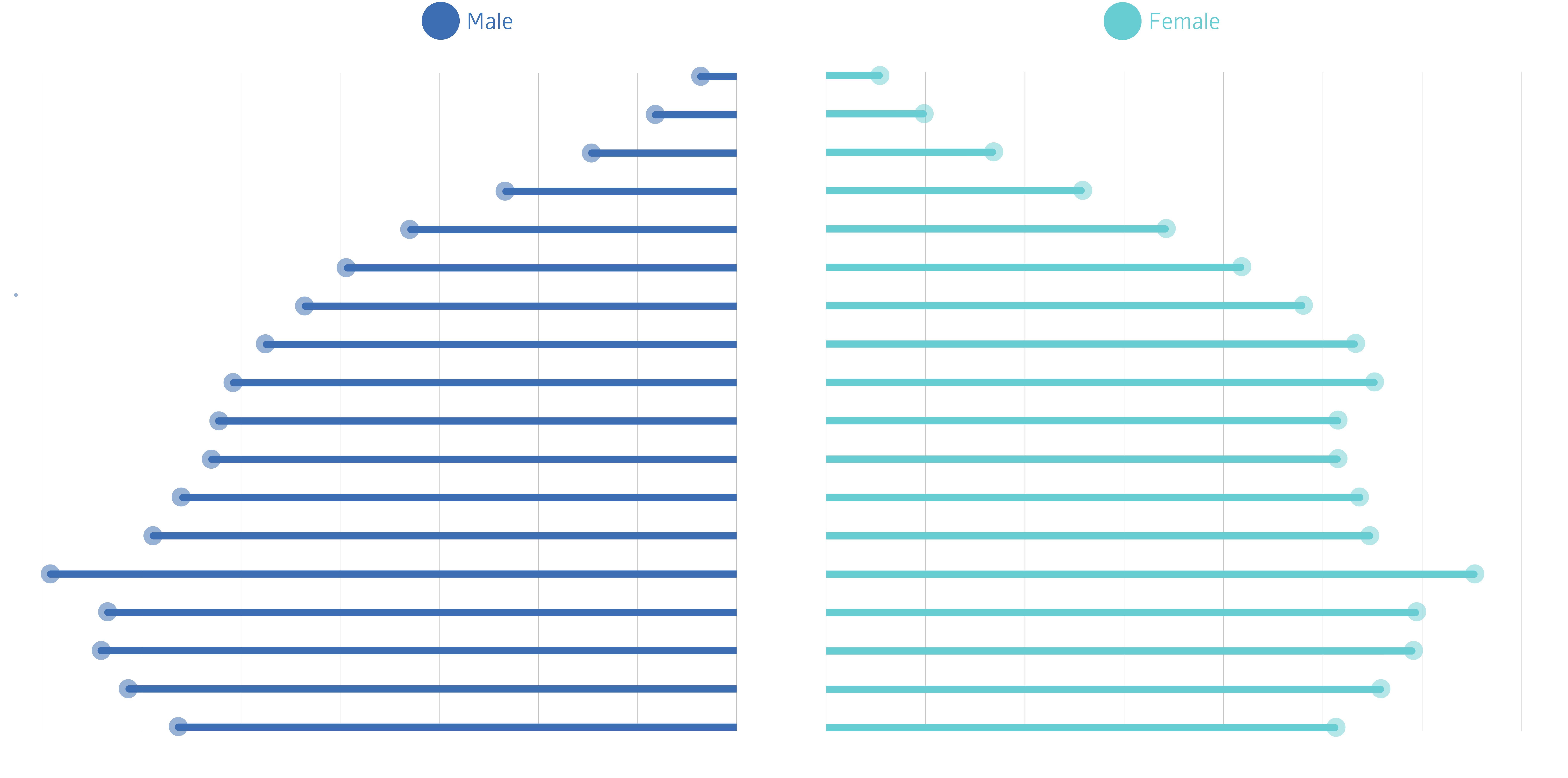Kosovo
Describing displacement and statelessness dynamics in post-conflict contexts through the Census
Background
Kosovo’s history of displacement and statelessness reflects the Balkans’s trajectory of political instability and conflict. As an autonomous province of the former Republic of Yugoslavia, Kosovo faced growing instability when the country began to break apart along ethnic lines. Despite being a majority, around 850,000 ethnic Albanians were expelled during the 1998–1999 Kosovo War — many fleeing to neighbouring countries such as Albania, North Macedonia, and Montenegro —, while thousands more were internally displaced.
As international efforts facilitated their return, ethnic Serbs and other minority communities left, fearing retaliation. The March 2004 unrest targeted at the Serb, Roma, and Askhali communities, resulted in further displacement. When Kosovo declared independence in 2008, new challenges arose regarding documentation and citizenship, as many inhabitants refused to accept Kosovo-issued documents, choosing instead to retain Serbian citizenship.
The Kosovo government has moved forward with the process of normalization and reconciliation, including for displaced and stateless persons in the past decades, resulting in the 2018 Regulation on the Return of Displaced Persons and Durable Solutions and the introduction of a statelessness determination procedure (SDP) in 2020. In the statistical field, the Kosovo Agency of Statistics (KAS) have taken steps to ensure that displaced and stateless populations are counted, for instance, in their inclusion in the 2011 Census of Population, Family Economy and Housing and the 2018 sample-based profiling of IDPs. This effort was expanded in the 2024 Census.

The 2024 Census of Population, Family Economy and Housing
The 2024 Census (the country’s second since it declared independence), guided by the Law on Population and Housing Census, was initially scheduled for 2021; however, it was deferred due to the pandemic. Following two subsequent attempts in September and November 2023, the census was finally carried out from 5th April to 24th May 2024, in around 650 thousand buildings, through the work of over 3,500 enumerators and almost 900 supervisors. 120 thousand euros were allocated from the national budget, with additional financial and technical assistance provided by the United Nations Population Fund (UNFPA) and the United Nations Economic Commission for Europe (UNECE).
To supervise the process, a Central Census Commission was established by the government and approved by the Assembly of Kosovo. It consisted of a chairman appointed from the Prime Minister’s Office and 16 other representatives from the KAS, Ministries (Finance, Money and Transfers, Education, Foreign Affairs, Agriculture, Administration and Local Government, Internal Affairs, and Environment and Spatial Planning), the Academy of Sciences, International organisations in Kosovo, Chamber of Commerce of Kosovo, Agency for Gender Equality, Consultative Council for Communities, and Association of Kosovo Municipalities.
Similar to the 2011 census, northern Kosovo presented challenges due to political tensions in the Serb-majority municipalities of Leposavić, Zubin Potok, Zvečan, and North Mitrovica. KAS made efforts to ensure their participation, including the recruitment of Serbian enumerators and supervisors, providing training, equipment, and maps. Although approximately 6,500 individuals were registered in these municipalities, the enumeration process was suspended due to boycotts and documented incidents of physical and verbal assaults against field staff. Subsequent efforts to resume the process with personnel, including three separate rounds of recruitment, were unsuccessful, as persistent political interference rendered its completion impossible. To address the resulting data gap, the KAS relied on population estimates provided by UNECE, which projected approximately 24,000 residents.
Preliminary results were published in December 2024, and KAS plans to release 24 thematic reports through 2025, one of them regarding displaced and stateless populations.
Kosovo’s Population Age Structure

Source: KAS
The use of the International Recommendations
Kosovo’s census integrated guidelines from all three sets of International Recommendations developed by EGRISS. The questionnaire was built on the instrument from the previous census and introduced questions to enhance identification of displacement. The 2011 census identified displaced persons through time-bound questions specifically linked to two historical events, the NATO bombing of 1998 and the civil unrest of 2004. In contrast, the 2024 census asks whether the respondent ever lived in another usual residence, captures the location of previous usual residence, dates and reason for movement, allowing for temporal analysis of displacement.
Data on the usual place of residence was captured for individuals living in institutional housing, allowing for classification of displaced persons living in camps-like settings. In addition, the questionnaire structure allowed for the identification of at least one of IRIS displacement categories for total stock of IDPs — those in locations of displacement. However, this approach may fail to capture IDPs in locations of return or in other settlement locations, as this question was not answered by those who have not lived in ‘in a different place (residence/municipality/state) from your current one for a period of one year or more’.
The census made advancements in identifying statelessness, as it included questions about citizenship, identification documents, and was connected with personal identification numbers. For the first time, Kosovo also attempted to register its diaspora through an online registration available in Albanian, English and Serbian. It had questions on citizenship, reasons for moving, current place of residency, and place of origin in the country.
We had discussions with different data users on why you should have such detailed questions on displacement in the census. It was quite challenging especially because we were not interviewing a sample but planning to cover the entire population of Kosovo. Still, we have added questions from the Recommendations, and I think we’ll have a good road map to identify where displaced and stateless persons are.”.
— Avni Kastrati, Acting Executive Director of the Kosovo Statistics Agency
Conclusion
The 2024 Kosovo Census represents a continuous effort to document displacement dynamics and potential statelessness situations in the country. Looking forward, KAS plans to establish, in cooperation with the Ministry for Communities and Returns, UNHCR, and all municipalities, a dedicated register for displaced and stateless persons in 2026. A key component of this initiative will be engaging specialists in statistics, international law, human rights, and migration, as well as NGOs working with vulnerable communities, international organisations, and representatives of the communities affected. This register would serve as a tool for planning and policymaking, helping both local and international institutions to perform actions aimed at social inclusion, access to rights and services, and finding durable solutions for displaced and stateless persons in Kosovo.
